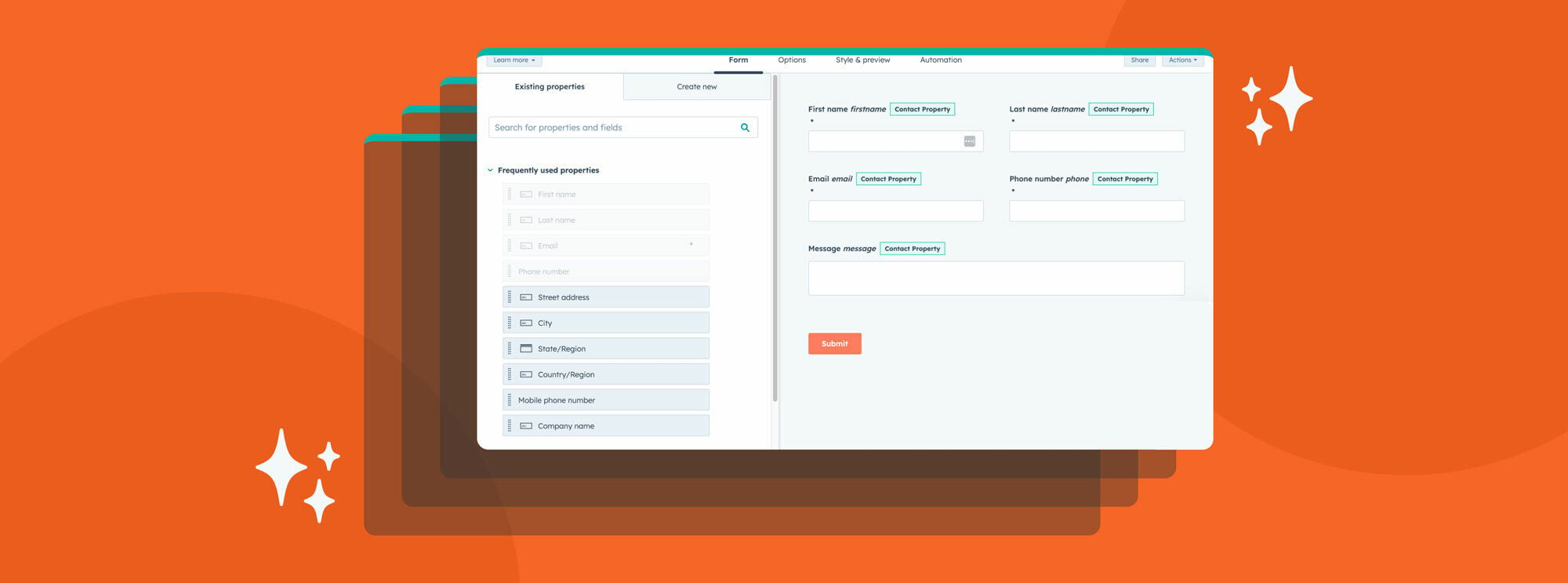This post was originally published on January 28, 2019. It was updated on March 5, 2021.
Selecting a marketing platform is a big decision for any company. You want a platform that meets the specific needs of your business while also being easy enough for your employees to use. The last thing you want is to invest in an expensive platform only to find months later it doesn’t fit your company’s needs or that there’s still some staff struggling to learn how to use it.
Here we’ll dive into three different marketing automation platforms—HubSpot, Salesforce Pardot, and Marketo—and outline some of their benefits and drawbacks. We prefer HubSpot because it’s an all-in-one platform that’s easy to learn and use, but it’s certainly not the only option for companies who want to focus on inbound marketing. Ultimately, the choice depends on your business, your budget, and the goals you’ve set in your inbound marketing strategy.
Table of Contents
- HubSpot vs. Salesforce Pardot
- HubSpot vs. Marketo
- HubSpot Grows with Your Company
- Which is the Best Marketing Automation Platform?
HubSpot vs. Salesforce Pardot
The overview: Salesforce Pardot is a B2B marketing automation suite. It’s a popular choice for sales-focused companies because it integrates well with the Salesforce customer relationship management software (it is owned by Salesforce, after all).
The breakdown: A lot of Salesforce CRM users believe that because they use Salesforce, they should use Pardot, but that’s not necessarily the case. If you’re comparing HubSpot vs. Salesforce Pardot, keep in mind HubSpot has a Salesforce integration and is actively working to improve its CRM.
- Salesforce Pardot is a common platform for sales-driven companies, and the reporting tools, which offer metrics like lifecycle stage analysis for deals closed-won, reflect this. It’s obviously a perk for companies focused on growing sales but isn’t as helpful for businesses looking to grow in other areas.
- Like Marketo, Pardot doesn’t have a blog or website platform.
- Salesforce Pardot has a steeper learning curve than HubSpot and may also require some HTML and/or CSS know-how on your team to get emails and landing pages that are responsive to mobile platforms.
HubSpot vs. Marketo
The overview: Marketo is a mid-market marketing automation tool that focuses on lead management and strongly emphasizes email. It’s a popular choice for enterprise-level corporations because of its close integration with Microsoft’s CRM product. Marketo is for corporations willing to spend, because the product is pricey. Some users also cite that it’s hard to learn and use.
HubSpot is an all-in-one platform that grows with your business. Whether you’re a solopreneur, an SMB, or a mid-market enterprise company, HubSpot has all the features and tools you’ll need – all built with the user in mind. Always easy and deeply powerful.
The breakdown: HubSpot and Marketo feature similar tools, including email marketing, landing pages, forms, automated workflows, list management, and lead scoring. Both platforms have detailed reporting, helping companies track the effectiveness of their campaigns. When comparing HubSpot vs. Marketo, a few key differences emerge between these two marketing automation platforms.
- Marketo doesn’t have a social media tool and doesn’t include a blog or website platform like HubSpot.
- Marketo has a strong focus on email automation and lead management, but if you’re looking for a platform that will also boost lead generation, HubSpot has the edge. HubSpot focuses on lead generation using inbound marketing methods, like providing informative blog posts, engaging social media content, and the tools you need to analyze results.
- Marketo takes some technical know-how to get the most out of its features. When setting up landing pages and emails in Marketo, you may need someone on your team with HTML and/or CSS experience to ensure they are mobile-friendly. Marketo’s reporting interface can also be tough to navigate. If the reporting tools are hard to use, are they really worth it?
- The number one thing customers say they love about HubSpot is that it’s easy to use. This means less time spent managing your systems and more time focused on creating remarkable customer experiences. And their features are on par with leading enterprise solutions.
HubSpot grows with your company
One of the advantages to HubSpot we’ve seen with companies we work with is that the platform has a number of features designed to meet a company’s needs as it grows. For example, ensuring a customer doesn’t get inundated with emails from your brands can get more difficult as the company grows and the number of campaigns increases.
HubSpot offers an email send frequency cap
To help companies automatically protect against sending too many emails, Marketing Hub Enterprise has an email send frequency cap that allows you to set the maximum number of emails contacts will receive. When a contact reaches the maximum, they no longer get emails from your company within the given time frame you set. Important emails that need to get through can be overridden, and the setting is automatically overridden for transactional emails. It’s a small but handy automation tool that makes email marketing easier—and who doesn’t want that?
HubSpot Marketing Contacts scale with your business
And speaking of contacts, another element of HubSpot’s platform that is highly appealing for companies who appreciate the scalability of a solution, is HubSpot Marketing Contacts. What Hubspot Marketing Contacts brings to the table is a friendly pricing structure that charges you only for the contacts in your database that you’re utilizing for a specific marketing task. In general, which is true for both Marketo and Pardot, a CRM will charge you for all of the contacts that exist in your database, sometimes an exact figure, and other times a tiered range.
The HubSpot Marketing Contacts pricing model empowers you to only pay for the contacts you’re choosing to market to with your inbound marketing tactics which may include email or ads. However, in the spirit of keeping everything (contacts related) in a tidy, single space, you can also store up to one million contacts that you’re not actively marketing to, such as unsubscribed and bounced contacts, for free. This is a pretty significant differentiator when comparing marketing platforms for your operative needs.
Working with a platform like HubSpot that grows with a company ensures you’re getting an automation solution that will meet your needs for years to come, whether you grow 5% or 50%.
Conclusion: Which is the best marketing automation platform?
If you want to invest more in inbound marketing or are looking for a platform that’s easy for your employees to use, HubSpot is a great choice; but it certainly isn’t the only choice. When considering HubSpot vs. Salesforce Pardot or HubSpot vs. Marketo, think about the features your company needs from a platform. What are your marketing goals, and what kinds of metrics will help you track that progress? Who’s going to be using the platform the most, and what kind of experience should they have? And of course, you always have to consider your budget.
If you’re interested in learning more about how HubSpot can help your business grow or how to get your company set up with HubSpot, contact Raka today, and we can walk you through the benefits and process!






